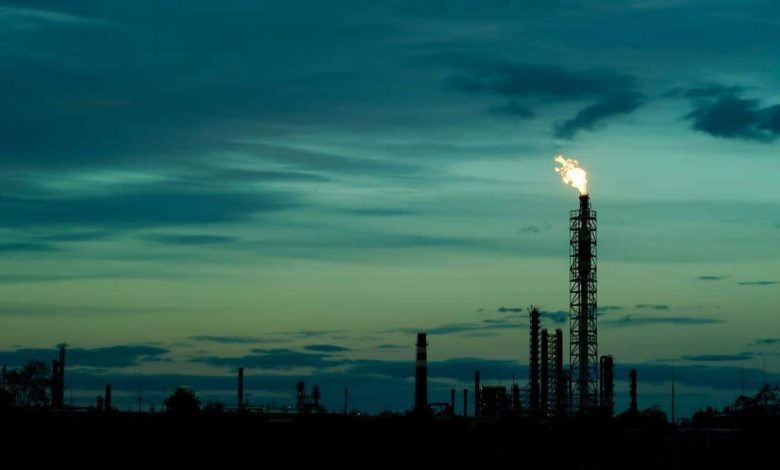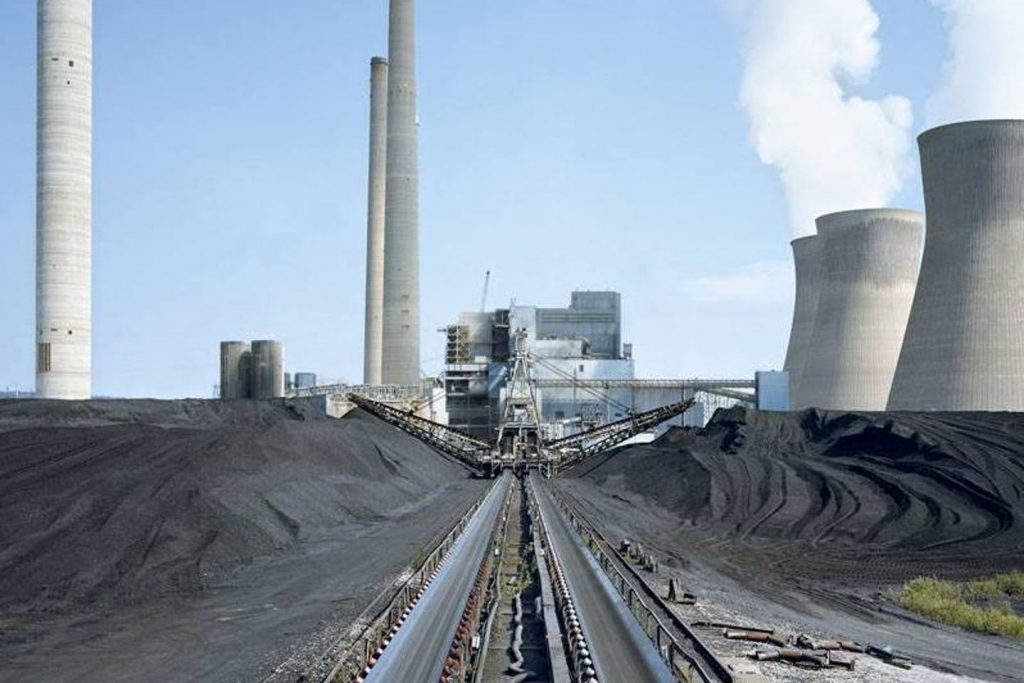Reducing Methane Emissions Is A Key Opportunity In Climate Fight
Methane gas only stays in the atmosphere for about nine years but has 28 times more warming power than carbon dioxide over 100 years

Human greenhouse gas (GHG) emissions are driving climate change. Since the pre-industrial period, these emissions have caused all of the earth’s observed warming, with carbon dioxide (CO2) responsible for most of it. After CO2, methane (CH4) is the biggest contributor to climate change. The new IPCC report (working group 1 of AR6) is likely to focus on the role of methane in driving climate change.
Methane emissions are a huge problem because while the gas only stays in the atmosphere for about nine years, it has 28 times more warming power than carbon dioxide over 100 years. Methane concentrations are increasing faster now than at any time since the 1980s, reaching more than two-and-a-half times pre-industrial levels. This is well above the safe limits outlined by the IPCC in AR5. Methane is now responsible for almost a quarter of warming, bringing us closer to breaching the 1.5°C temperature target. Cutting human-caused methane emissions is one of the most cost-effective ways to rapidly reduce the rate of warming and limit temperature rise to 1.5°C.
What are the key emitting sectors and mitigation opportunities?
Methane emissions come from natural sources, such as wetlands, but more than half of total global methane emissions come from human activities. Three sectors – agriculture (40% of human-caused emissions), fossil fuels (35%) and waste (20%) account for the majority of human methane emissions. Almost a third (32%) of agricultural methane emissions come from livestock production. Oil and gas extraction, processing and distribution account for 23% of methane emissions in the fossil fuel sector and coal mining accounts for 12% of emissions. Landfills and wastewater comprise 20% of methane emissions in the waste sector.

Many cost-effective mitigation measures are readily available, such as reducing emissions that escape along the natural gas supply-chain, better treatment of solid waste, and improving livestock and crop management (see table below for some examples). Mitigation options across the three sectors represent some of the best levers to reduce warming and its climate impacts over the next 30 years. In particular, the fossil fuel industry has the greatest potential for methane cuts by 2030, according to the UN – up to 80% of oil and gas measures and up to 98% of coal measures could be implemented at negative or low cost. But action across all three sectors is needed to ensure emissions are in line with 1.5ºC. All together, cutting methane in those three sectors could reduce human methane emissions by 45% by 2030. This would avoid nearly 0.3°C of global warming by the 2040s, helping to keep temperatures below 1.5ºC while preventing 255,000 premature deaths and 26 million tonnes of crop losses globally.
Policy measures to reduce methane emissions in top three emitting sectors
| Agricultural sector | Improve livestock management: Reduce enteric fermentation through feed changes and dietary additives; selective breeding to improve productivity and animal health/fertility; improve herds, such as decreasing neonatal mortality; and better manure management, including treatment in biogas digesters and decreasing manure storage time.Improve rice management: Improve water management or alternate flooding/draining wetland rice; direct wet seeding; and use of alternative hybrids species. Agricultural crop residues: Prevent burning of crop residues. Consumption: Reduce food waste and loss, such as via strengthening and expanding food cold chains; consumer education campaigns; and adopting sustainable diets by eating fewer animal products. |
| Fossil fuel sector (oil, gas and coal) | Oil and gas: Deploy measures to detect and repair leaks from upstream and downstream operations; recovery and utilization of vented gas; and control unintended fugitive emissions. Coal: Better mine methane management through pre-mining degasification and recovery and oxidation of ventilation air methane; and flooding abandoned coal mines.Renewables for power generation: Use incentives to foster expanded use of wind, solar, and hydro power for electricity generation. Improved energy efficiency and energy demand management: improve the energy efficiency of household appliances or buildings; encourage rooftop solar installations; improve consumer awareness of cleaner energy options; and introduce ambitious energy efficiency standards for industry. |
| Waste sector | Improve solid waste management: Creating separation and treatment of biodegradable municipal waste, with no biodegradable/organic waste being sent to landfill (residential waste);and recycling or treatment with energy recovery (industrial waste). Improve wastewater treatment: Creating wastewater treatment plants instead of latrines and disposal (residential) and upgrading to two-stage treatment, i.e. anaerobic treatment with biogas recovery followed by aerobic treatment (industrial). Consumption: Separate and recycle waste and adopt sustainable consumption to avoid waste. |
Methane and Agriculture: An overlooked problem
Most methane emissions from agriculture come from raising livestock via enteric fermentation – a ruminant animal’s natural digestive process – and manure. Other key agricultural sources are landfills, waste and rice cultivation. The upcoming IPCC AR6 report is expected to confirm the link between livestock production and increased methane emissions.
While countries recognise agriculture as a source of methane emissions, most do not take concrete action to cut them. In fact, methane emissions from agriculture are expected to continue to grow as demand for meat increases, particularly in low and middle-income countries.
Given agriculture’s huge footprint, actions to reduce methane emissions in the sector are key for reaching climate targets. A robust evidence base indicates that reduced food waste and loss, improved livestock management, and eating fewer animal products could reduce emissions by 65–80 million tonnes a year over the next few decades. Widespread adoption of such measures could bring anthropogenic methane emissions in line with those in 1.5ºC scenarios. But, governments should carefully choose policies because some models show that achieving very low emissions per kilogram of protein involves large-scale industrialised agriculture. This is problematic as adopting industrial agriculture methods come with many social and environmental impacts that are not captured in models and can increase GHG emissions. If these were accounted for, industrial agriculture would put the 1.5ºC target out of reach. Farming systems that shift away from industrial agriculture, such as agroforestry and organic farming, not only help to reduce emissions of all GHG, but also improve farmers’ livelihoods, food security and biodiversity.
What have governments done to reduce methane emissions?
Now more than ever, global action on methane emissions is needed. But governments have often failed to cut emissions, partly due to a lack of reliable emissions data and reporting from the industries themselves. Meanwhile, countries’ climate targets – known as nationally determined contributions (NDCs) – only address methane in general terms, without a clear target or strategies to reduce emissions. Only nine of the 174 countries that have submitted NDCs set a separate target for methane emissions. Lack of measurable targets to abate methane emissions is apparent especially in the agricultural sector. Close to 80% of countries (148 out of 189) that have submitted NDCs include agriculture, but NDC targets are vague. Most (128 out of 148 countries or 86%) include the sector in overall economic or broader targets and do not elaborate on concrete actions to reduce emissions from farming. Very few also set targets in relation to other parts of the food system that emit methane, such as adopting sustainable diets. As a result, the potential to reduce global emissions of methane remains largely untapped.
Decarbonisation strategies without methane-specific policies are insufficient to keep warming below 1.5ºC . These strategies – which target carbon dioxide – only achieve about 30% of the methane reductions needed over the next 30 years in a 2ºC scenario, for example. Moreover, cutting methane emissions now is more cost effective as mitigation costs increase with delayed action. If countries abate methane emissions by 2030, costs could be less than USD 600 per tonne of methane, especially in the waste and coal sectors in most regions. In 2050, costs could be roughly 50% higher than 2030. At the same time, without relying on future, massive-scale deployment of unproven carbon removal technologies, expansion of natural gas infrastructure and current levels of livestock farming is incompatible with keeping warming to 1.5°C.
Views expressed here are those of Dr. Seema Javed, a known Environmentalist, Journalist and Communications Expert




